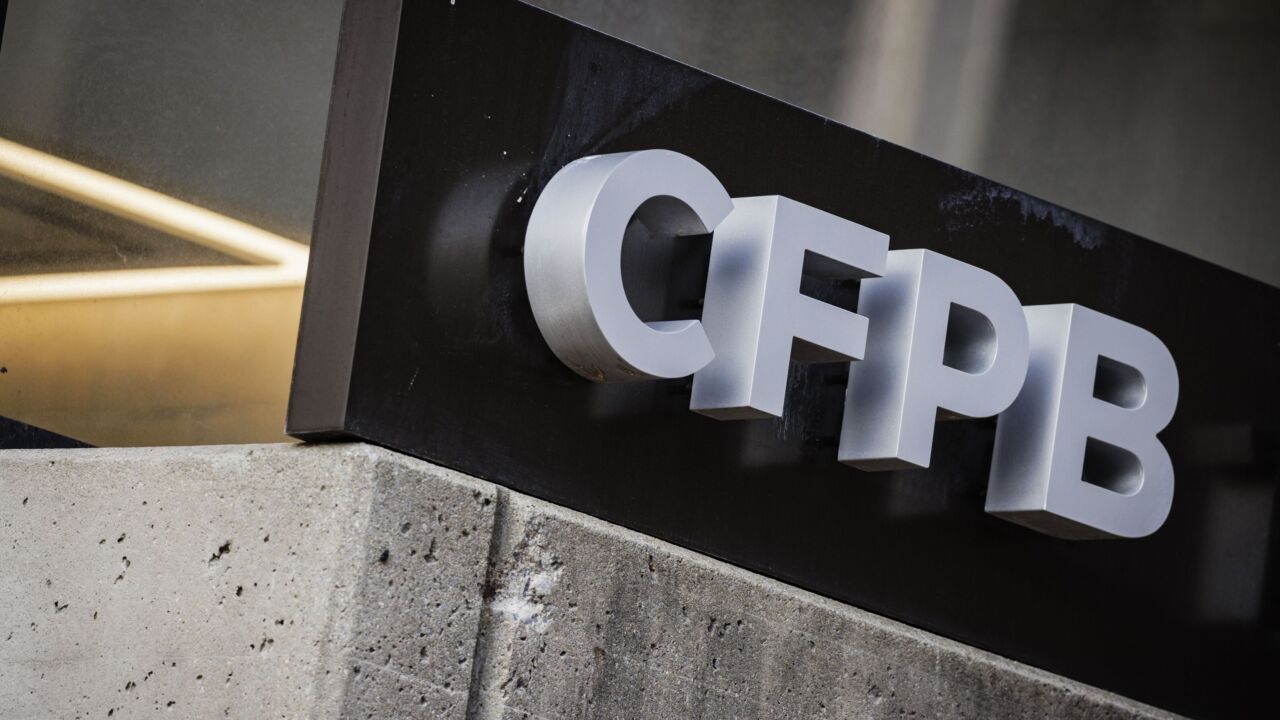I’m not exactly sure who coined FEAR as an acronym for “false evidence appearing real,” but it’s an apt description for some views of the current automotive finance market.
Some
To put a fine point on it: If you only look at delinquency rates, you’ll miss the big picture. On the surface, there is no doubt that auto delinquencies are on the rise. But this doesn’t signal a pending disaster for the auto finance market.

Let’s talk about what really matters. Following the Great Recession, subprime lending, not just in auto finance, nearly disappeared. Now, auto lending, like other consumer finance markets, has returned to “normal.” In other words, subprime lending, along with lending to all risk tiers, has grown over the last several years as consumers have returned to the auto market. With loan volume expanding, of course, there will be a rise in delinquent payments. It’s to be expected.
Why? The rise in delinquent payments is simply a natural outcome of the current market conditions.
After the trough of the recession in 2009, lenders had little funding to lend. So they focused on originating loans to prime borrowers. As the market stabilized and returned to normal lending standards, we started to see dramatic increases in year-over-year subprime lending. Therefore, it’s normal to see delinquencies in the consumer market grow as lenders maintain a certain risk tolerance.
Let’s also better understand where we are with delinquency rates. Delinquencies as a percentage of auto loans are actually low when compared with the crisis period. At the end of 2016, the auto default rate was 1.03% – down from 1.04% in 2015, according to the S&P/Experian consumer credit default indexes. Going back to 2009, during the Great Recession, the auto loan default rate was 2.67% — the third-highest reading ever recorded by S&P and Experian going back 10 years.
If you’re still concerned with delinquency rates in the auto finance market, consider how the market is responding. Recently, lenders have noticed the increase in delinquent payments and taken corrective action by reducing their overall share of subprime and deep-subprime loans. With lenders pulling back on subprime originations, the average credit score has increased both for new and used vehicle loans.
All things considered, the auto finance market is very strong. Yes, there is an increase in delinquent payments, but the market’s logical response has been to pull back on subprime originations. We don’t see an inordinate amount of exposure within subprime originations, as lenders typically have around 14% of what they originate in subprime — and currently we are at 12%.




